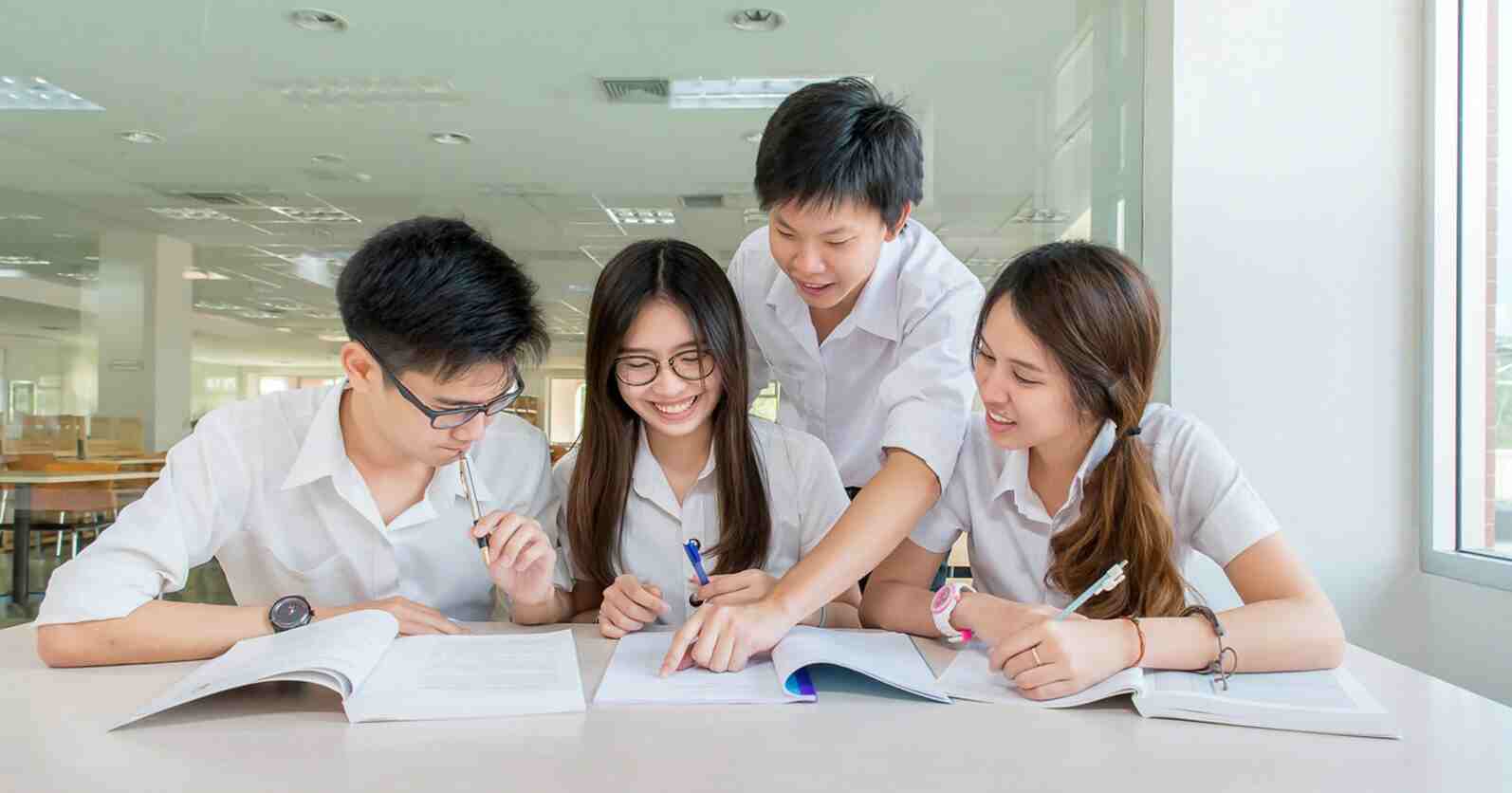Education in the Philippines has a long and rich history, shaped by various cultural, political, and social influences throughout the centuries. It is a cornerstone of Filipino society and has evolved significantly, from indigenous learning systems to the modern educational framework in place today. The development of the Philippine education system began with the early civilizations that flourished in the archipelago, where knowledge was passed down through oral traditions, practical skills, and hands-on learning.
When the Spanish colonized the Philippines in the 16th century, formal education was introduced, but it was largely reserved for the elite and focused primarily on religious teachings. During this period, the Catholic Church played a significant role in education, establishing schools and universities that would later become some of the country’s most prestigious institutions. The educational system under Spanish rule, however, was largely restricted and limited to the upper class, leaving the majority of Filipinos without access to formal schooling.
In the late 19th century, the Philippines underwent significant changes with the arrival of American colonizers, which led to the establishment of a more structured, accessible, and modernized education system. The Americans introduced the concept of free public schooling, compulsory education, and the use of English as the medium of instruction. This marked a pivotal shift in the country’s educational landscape, opening doors for the wider population to receive education and increasing the literacy rate across the nation.
As the Philippines gained independence in 1946, the education system continued to evolve with the establishment of new policies, reforms, and programs designed to meet the changing needs of society. In the decades that followed, the government introduced initiatives aimed at improving access to quality education, enhancing curricula, and modernizing teaching methods. Challenges such as overpopulation, underfunding, and regional disparities continue to affect the system, but the country remains committed to strengthening education as a tool for national development.
Today, the education system in the Philippines includes primary, secondary, and tertiary levels, with a growing emphasis on inclusive and equitable education. The country is home to a wide range of public and private schools, colleges, and universities that offer diverse programs in various fields of study. Additionally, the implementation of the K-12 education system in 2012 has marked a significant change, extending the number of years in basic education and aiming to improve the quality of education to better prepare students for higher learning and the workforce.
Despite the challenges that still exist, education remains a central value in Filipino culture. Families continue to see education as a key to achieving upward mobility and securing a better future. In the face of an ever-changing world, the Philippines is working towards creating a more inclusive, globally competitive, and future-ready education system that will help future generations thrive in a rapidly evolving society.
